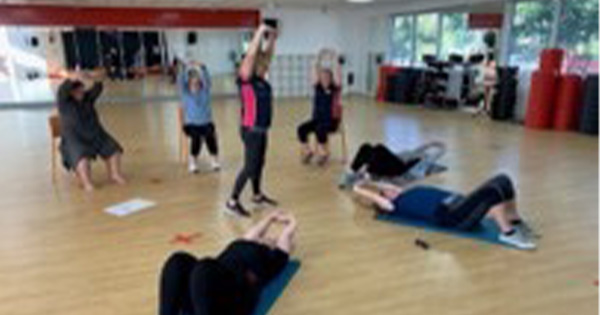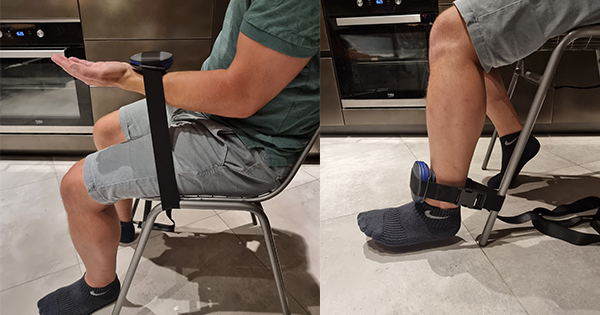<p>Background: Breast cancer surgery is the most common cause of secondary lymphoedema, yet there is little understanding about the changes in lymphoedema over time in breast cancer survivors. Further, the role of arm dominance in the development and persistence of lymphoedema has not been adequately explored.</p>n<p>Aim: This study aimed to determine the rate of change of secondary lymphoedema over the 2-year post-surgery period in a cohort of breast cancer survivors. Additionally the authors compare the rate of change of lymphoedema in those whose dominant arm is cancer- affected to those whose non-dominant arm is affected.</p>n<p>Methods: Latent growth curve modelling methods were used. The analysed data were drawn from a large Canadian longitudinal study of arm disability in over 700 breast cancer survivors.</p>n<p>Results: The study’s key results are that lymphoedema did not improve for the average survivor, but rather increased with time. There are significant differences in the trajectories of the two groups of survivors, those whose dominant arm was affected by cancer and those whose dominant arm was unaffected.</p>n<p>Conclusion: The confounding effect of arm dominance demonstrates that the pre-operative measurement of both arms is important and should be incorporated in post-surgery measurements. The implications for cancer survivors are that such measurements should be requested of their healthcare providers prior to surgery.</p>






